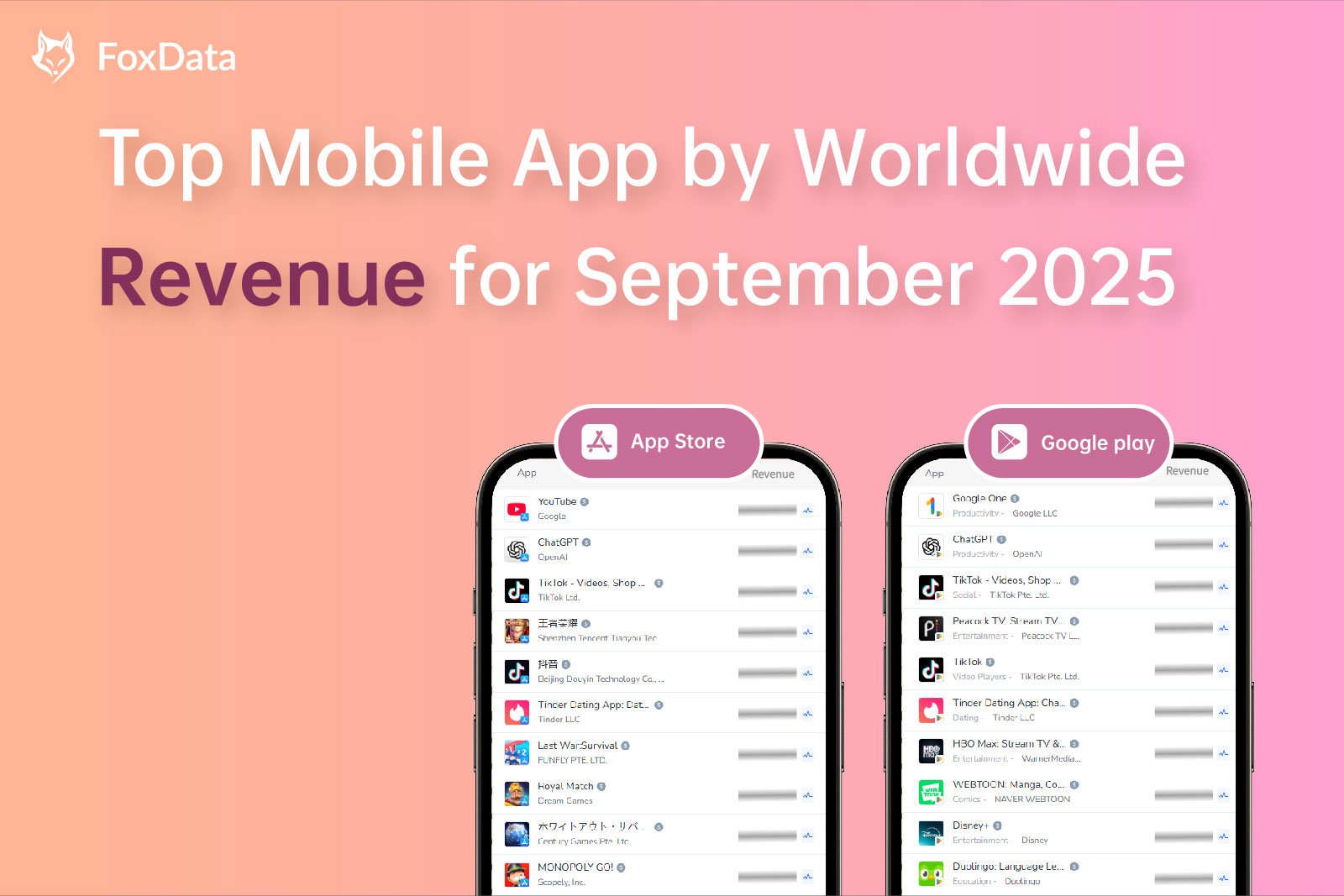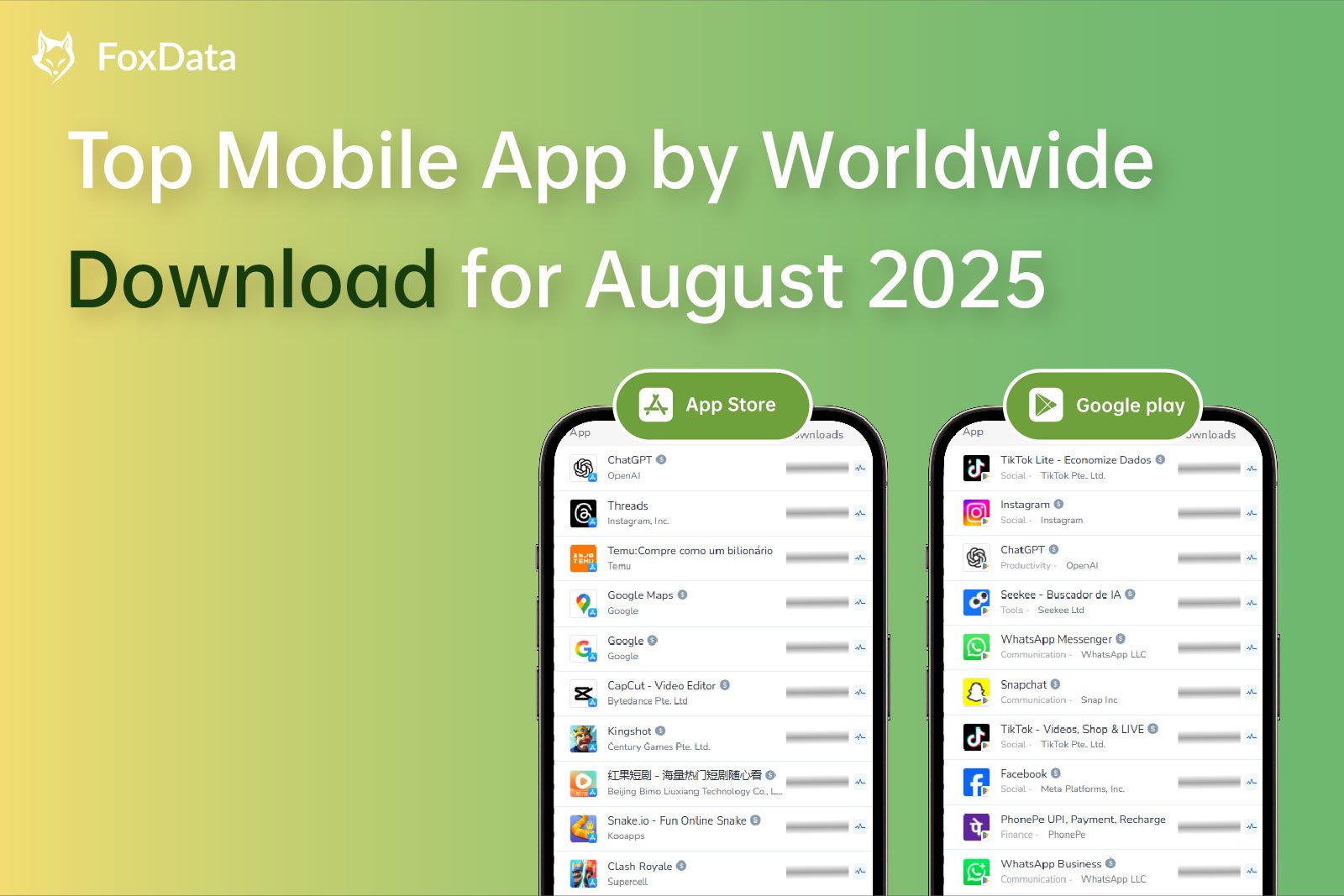Leading Trends in Mobile Game Monetization for 2024
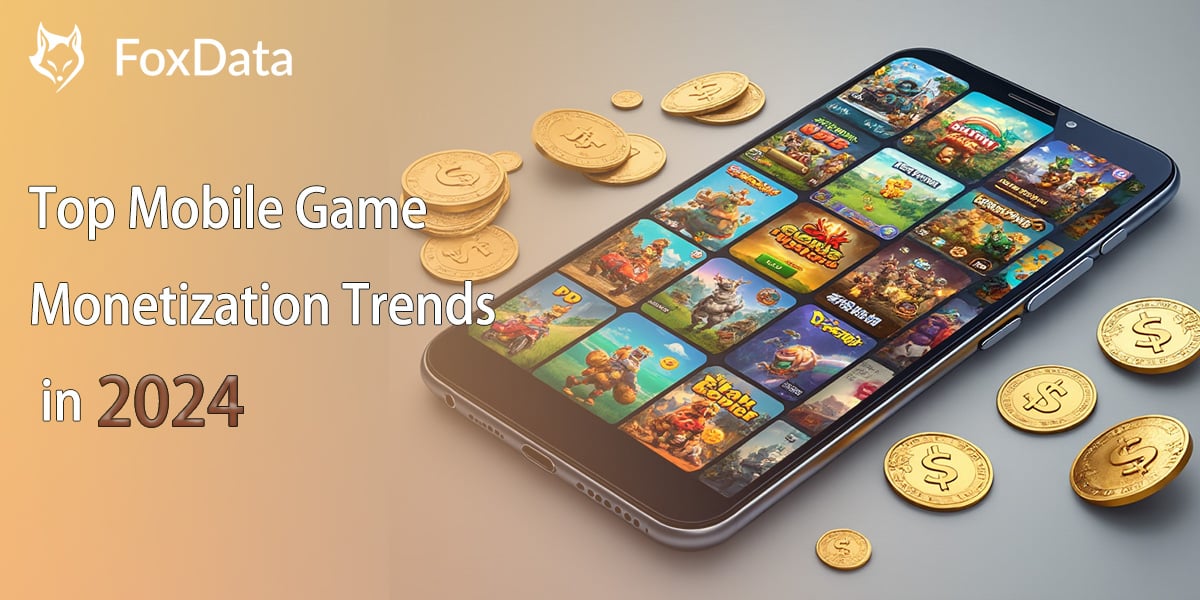

 This indicates that while great games are popular and see increasing download numbers, monetization is a different matter altogether.
This indicates that while great games are popular and see increasing download numbers, monetization is a different matter altogether.1. In-App Ads
In-app ads remain a dominant mobile game monetization trend. This model allows players to enjoy games for free while developers earn revenue from ads displayed within the game. Advertisers benefit by acquiring new users.
- Effectiveness: Users remember in-app ads 47% of the time, and 50% find mobile ads visually pleasing (Ipsos study).
- User Experience Focus: In 2024, the emphasis will be on non-intrusive, relevant ads. Too many ads can degrade user experience, so developers must balance ad quantity and quality.
- Ad Formats:
- Rewarded ads
- Interstitial ads
- Playable ads
- Native banner ads
- Offerwall
Choosing the right ad format depends on the game type and monetization goals. Additionally, selecting the right ad network and using ad mediation can maximize ad revenue.
2. In-App Purchases
In-app purchases are a key monetization strategy, especially for free-to-download games. Players can buy additional content, extra lives, coins, and more. Strategic pricing and clear communication about in-app purchases are crucial.
👉 Read More: Comprehensive Guide to Monetizing Mobile Games with In-App Purchases
3. Premium Game Models
Despite the dominance of in-app purchases in the mobile gaming industry, premium (paid) games still represent a significant monetization strategy, especially for developers with a well-established fanbase.
Consider the success of Minecraft, a premium title that continues to top the revenue charts in app stores.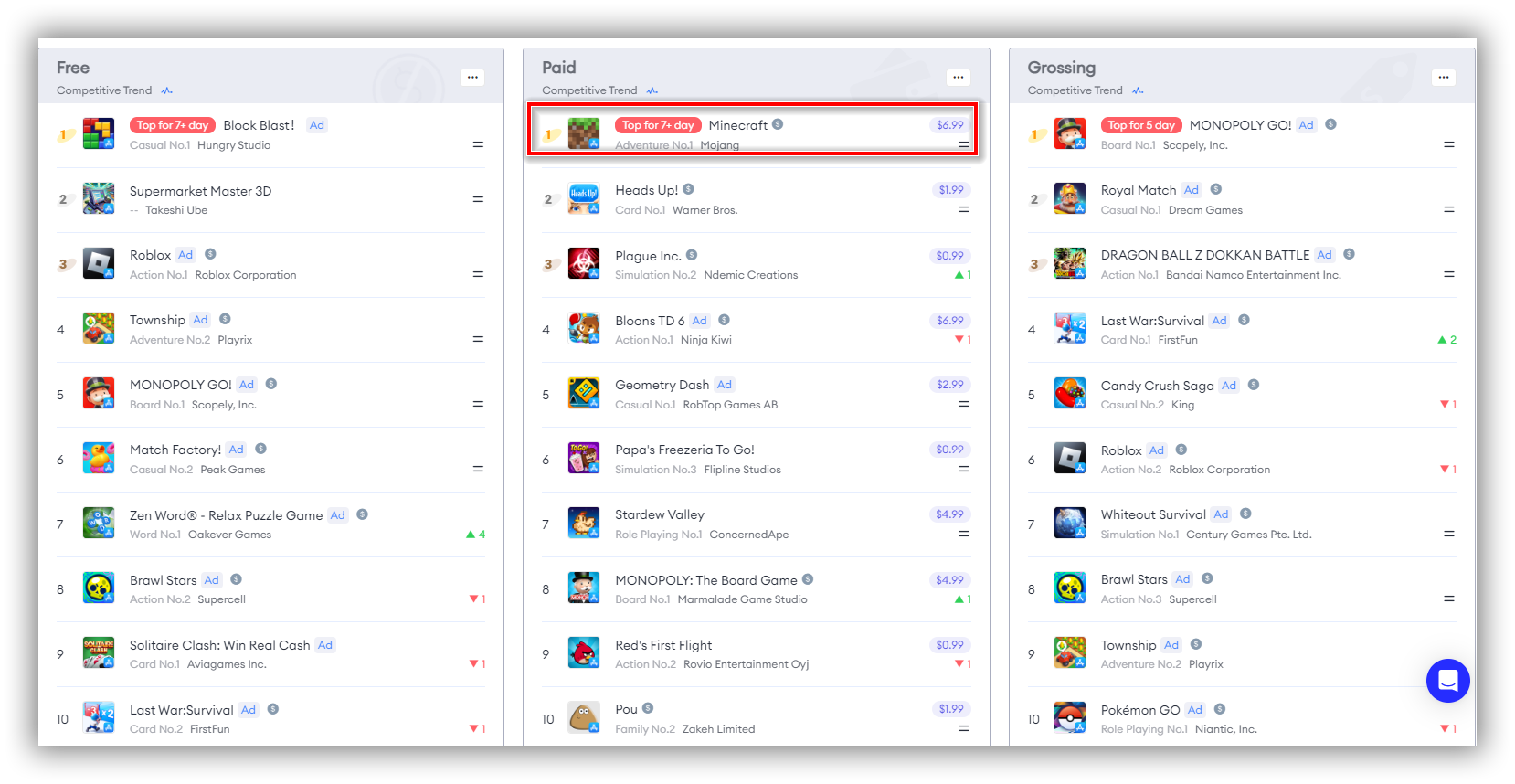 Furthermore, there exists a segment of the gaming community that prefers to avoid microtransactions. These players are more inclined to pay a one-time fee to bypass frequent in-game purchases and advertisements.
Furthermore, there exists a segment of the gaming community that prefers to avoid microtransactions. These players are more inclined to pay a one-time fee to bypass frequent in-game purchases and advertisements.
Deciding whether this model suits your game depends on your target audience and market positioning.
4. Subscription Services
An increasing trend among game developers is the integration of subscription services within their games.
This model entails players paying a periodic fee for exclusive access to new content, features, and an ad-free experience. Subscriptions can be either ongoing or one-time for a set duration.
A notable example in 2024 is the popularity of battle passes.
Battle passes are temporary subscriptions, often structured around seasonal content, allowing players to earn exclusive rewards during the pass's validity. Originally popular in mid-core titles, battle passes have now found their way into various game genres, including mainstream hits like Fortnite and niche games like Archero.
Subscriptions are typically used to supplement other revenue models, leading into the broader strategy of hybrid monetization.
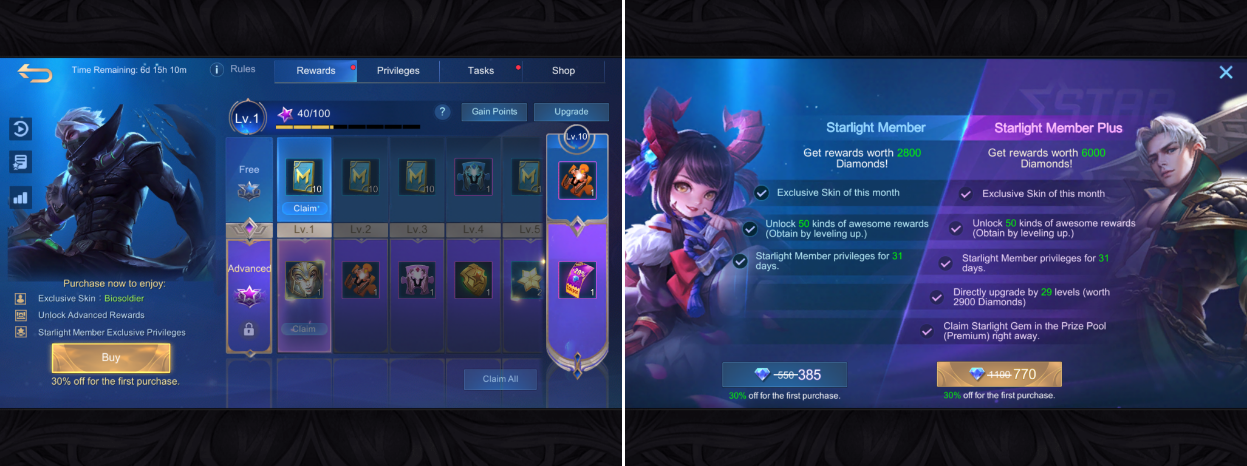
5. Hybrid Monetization Approaches
One of the most impactful trends in mobile gaming monetization is the hybrid model, which combines several revenue strategies.
In 2024, developers are increasingly blending in-app ads, purchases, and subscriptions to cater to diverse player preferences. This method proves effective because it accommodates different player behaviors and desires, from those who enjoy earning rewards through ads to those who prefer straightforward purchases or exclusive subscription content.
The success of a hybrid model can vary significantly by game genre.
Effective hybrid strategies often pair in-app purchases with complementary ad strategies. Industry reports, such as those from Facebook Audience Network, suggest that integrating ads with purchases does not detract from user spending and may actually enhance it.
Rewarded video ads are particularly synergistic with in-app purchases.
For instance, players may accelerate their progression through strategic ad viewing, which provides temporary game advantages. Once these ad opportunities are exhausted, players might turn to direct purchases to maintain their advancement pace.

6. Enhanced Meta Layer Monetization
Historically, casual games primarily monetized basic gameplay elements like moves, lives, or energy. However, recent years have seen a shift towards more complex monetization structures.
Developers are increasingly embedding additional monetization layers—such as collectible systems, RPG mechanics, construction features, and story elements—above the core gameplay loop.
A prime example is Project Makeover, which layers narrative and customization options atop its basic match-3 mechanic.
Some games directly monetize these meta layers by restricting access or offering special in-game currencies. Others use these layers to indirectly enhance player engagement and retention, thereby driving overall revenue growth.
For example, limiting daily access to meta features encourages players to make purchases for extended playtime, thereby increasing both immediate revenue and long-term player investment.
FoxData's sub-brand, FoxAdvert, provides advertisers with diversified traffic growth and monetization solutions.
Partner with FoxAdvert to fuel your brand's potential in Google, social, and app markets, and ignite your revenue growth with our data-driven solutions.


